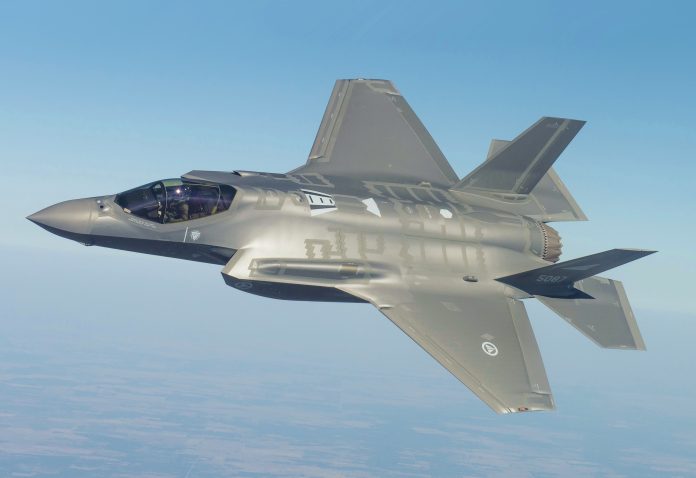
“You don’t just hand out America’s most advanced stealth aircraft without a plan.” That’s the warning from one former Pentagon official, as President Donald Trump has approved the sale of F‑35 Lightning II fighter jets to Saudi Arabia. Announced ahead of Crown Prince Mohammed bin Salman’s high-profile visit to Washington, the move could alter the military balance of the Middle East.
For decades, maintaining Israel’s qualitative military edge over its neighbors has been the anchor of U.S. policy. Now, with Riyadh’s request for 48 fifth-generation fighters, that doctrine is set against Washington’s strategic aim of deepening defense ties with a wealthy Gulf ally. Whether any deal might go through will depend on Congressional review, Israeli security imperatives, and the geopolitics of technology transfer in a region already primed for strategic competition.
This listicle breaks down nine critical flashpoints that will define the future of the proposed sale, each with implications far beyond the aircraft themselves.
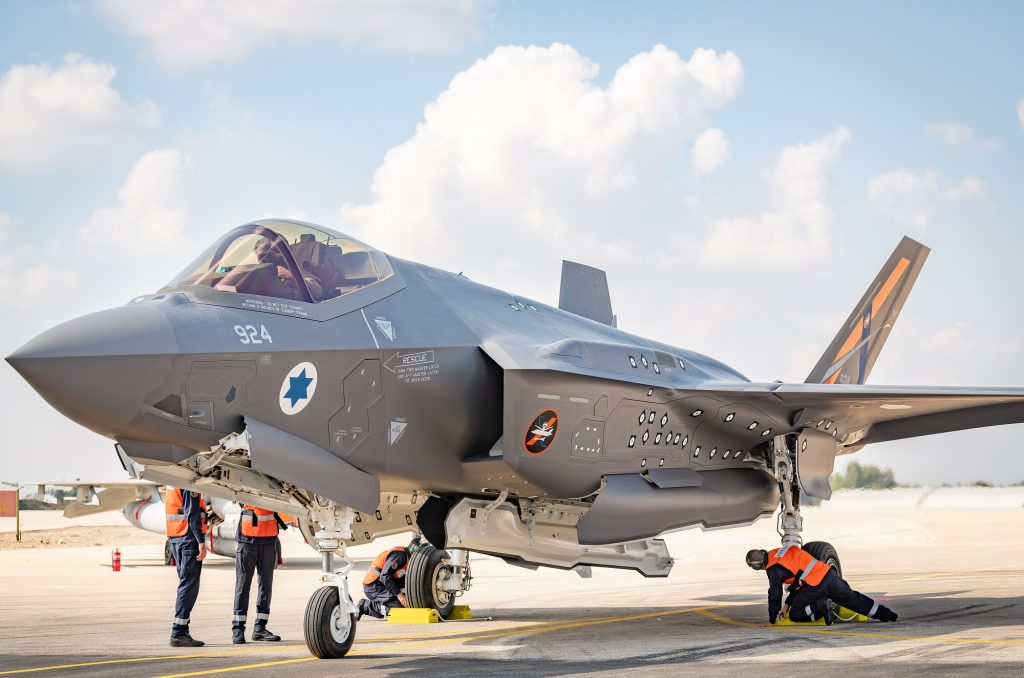
1. Israel’s Qualitative Military Edge Law
The 2008 Naval Vessel Transfer Act mandates that Washington must certify any Middle East arms sale will not undermine Israel’s QME. The F‑35, because of its stealth and advanced sensor suite, fits the definition of a QME‑altering platform. Israeli officials have told Washington the sale should be conditioned upon normalization between Riyadh and Tel Aviv, warning that going forward without diplomatic deliverables would be “a mistake and counterproductive.” Congress will need a formal QME review prior to any contract signing.
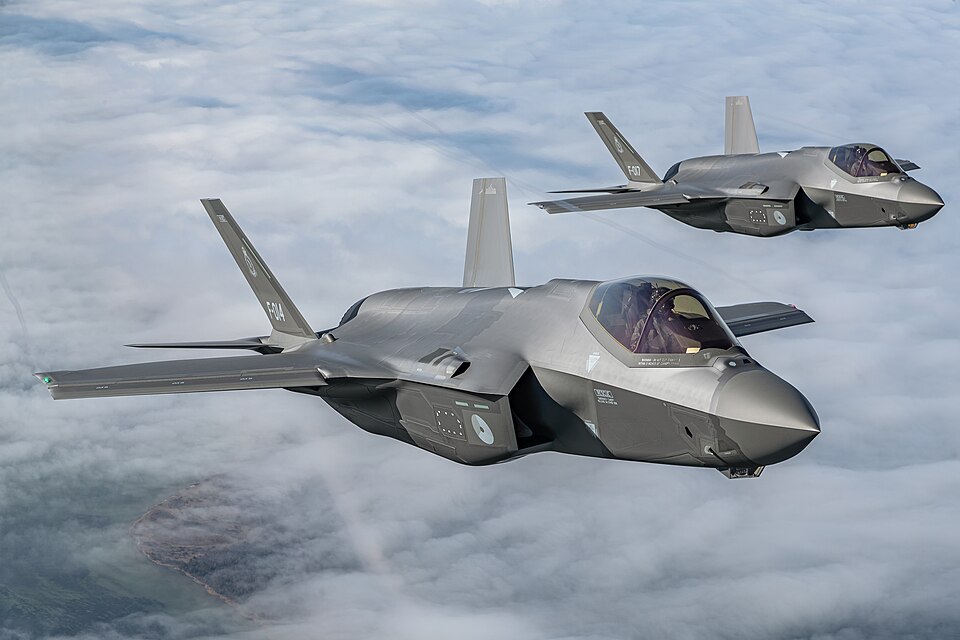
2. Congressional Oversight and Possible Roadblocks
Still, presidential approval does not bypass congressional review. The lawmakers can block or delay the sale, just as they did to halt the UAE purchase of F‑35s. Committees surely will demand intelligence appraisals, human rights assessments and security guarantees. Count on contentious hearings and possible legislative holds, with bipartisan skepticism over Saudi technology security.

3. Delivery Timelines and Production Constraints
Any Saudi deliveries, if approved, could take over seven years to materialize since analysts say Lockheed Martin’s production lines already are committed to 19 foreign partners and upwards of 1,100 jets. Further delays will result while training pilots, building the infrastructure to support them, and integrating the jet fighters into the Saudi command networks. During that time, Israel will presumably try to seek modifications or offsets that preserve its air superiority.
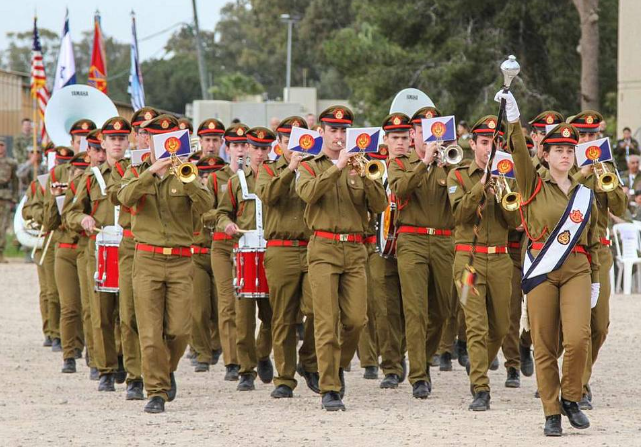
4. Israeli Security Demands on Deployment
Israeli defense sources say they will insist that any Saudi F‑35s not be based at western airbases in the kingdom, from which they could reach Israeli airspace within a few minutes. Other conditions Tel Aviv might seek to impose include restrictions on positioning, weapons loadouts, and software upgrades. Similar conditions had been placed on the UAE’s approved-but-ultimately-unrealized F‑35 deal in 2020.

5. Risks of Technology Leakage to China
Washington has long been concerned about Riyadh’s defense ties with Beijing, which have encompassed joint military exercises and work on advanced computing. Indeed, former US ambassador Daniel Shapiro pressed that, absent commitments to restrain military cooperation with China, the deal could violate US security interests. The Biden administration cited many of these same concerns when it froze the UAE’s F‑35 program.

6. Strategic Shift in U.S.–Saudi Relations
The sale forms part of a broader $142 billion arms and security package designed to deepen Saudi interoperability with the forces of the United States. “The emphasis is going to be on interoperability,” said Bilal Saab, a former Pentagon official. That means Riyadh’s forces need to be capable of acting in coordination with American units in operation. It reflects an evolution from transactional arms sales toward integrated deterrence against Iran.

7. Impact on Regional Military Balance
Israel is presently the only F‑35 operator in the Middle East-with 45 aircraft in service and 30 more ordered. Throwing Saudi Arabia into that mix would alter deterrence dynamics-particularly in countering Iran’s missile and drone capabilities. Yossi Alpher, a former IDF intelligence officer, felt that in a destabilized region, Saudi stealth capability would be perceived as a threat both by Israel and the moderate Arab states.
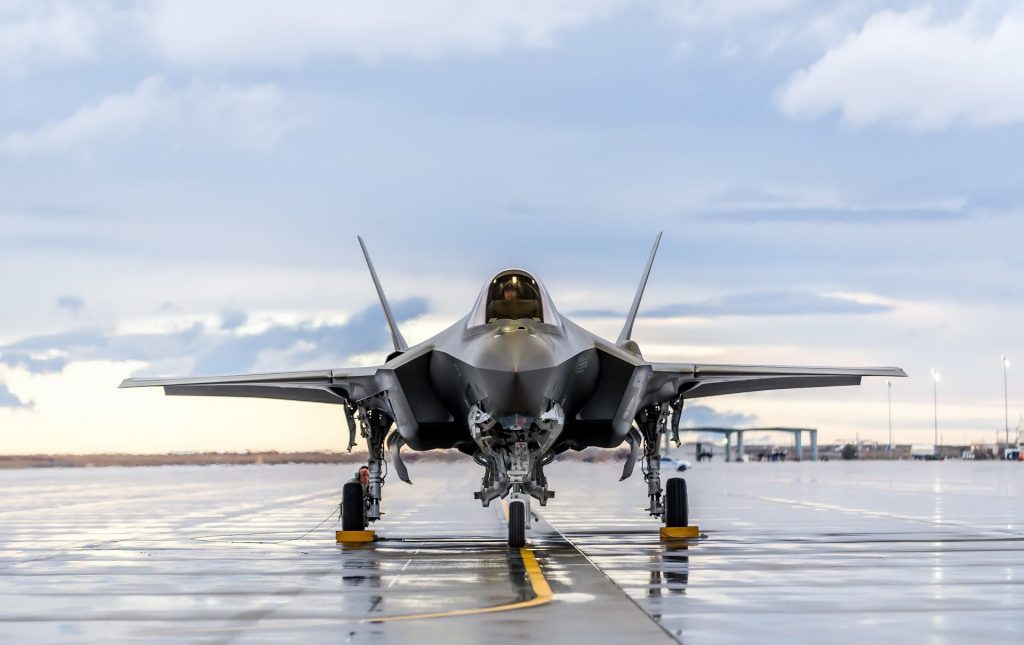
8. Saudi Vision 2030 and Military Modernization
The F‑35 is the centerpiece of Riyadh’s Vision 2030 defense modernization plan to transition from a defensive footing onto one based on high‑tech, network‑centric deterrence. With its stealth and sensor fusion capabilities aimed at countering advanced threats, it would be a technological cornerstone for the kingdom’s future air force. For Crown Prince Mohammed bin Salman, acquiring the jet is as much about status as capability.
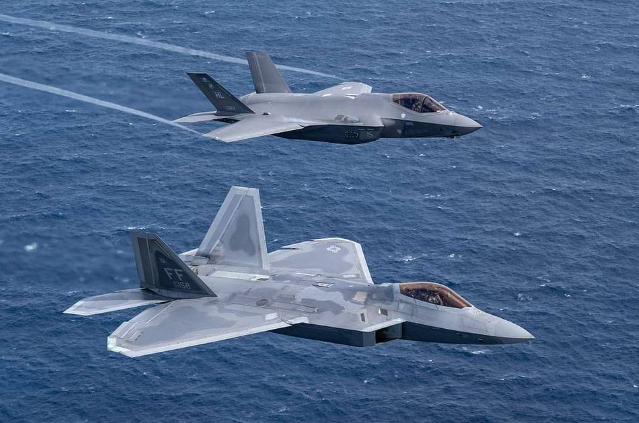
9. Potential for Downgraded or Conditional Aircraft
One compromise that has been floated in Washington is the offer of a Saudi F‑35 variant that is downgraded-perhaps without the most advanced Block 4 upgrades, or with limited weapons integration. This may help placate the Israelis, but for the Saudis, such limitations are inconsistent with their sovereignty, and they are unwilling to pay a high price for second‑tier capability. Accepting a reduced package would undermine the symbolic value of the acquisition.
The proposed U.S.–Saudi F‑35 sale is more than a high‑value arms transaction-it is a litmus test for the future of American security doctrine in the Middle East. Balancing Israel’s legal protections, congressional scrutiny, and Riyadh’s modernization ambitions will require deft political maneuvering. Whether the deal proceeds, stalls, or transforms into a conditional arrangement, its outcome will reverberate across regional alliances and shape the next decade of military power in the Gulf.
